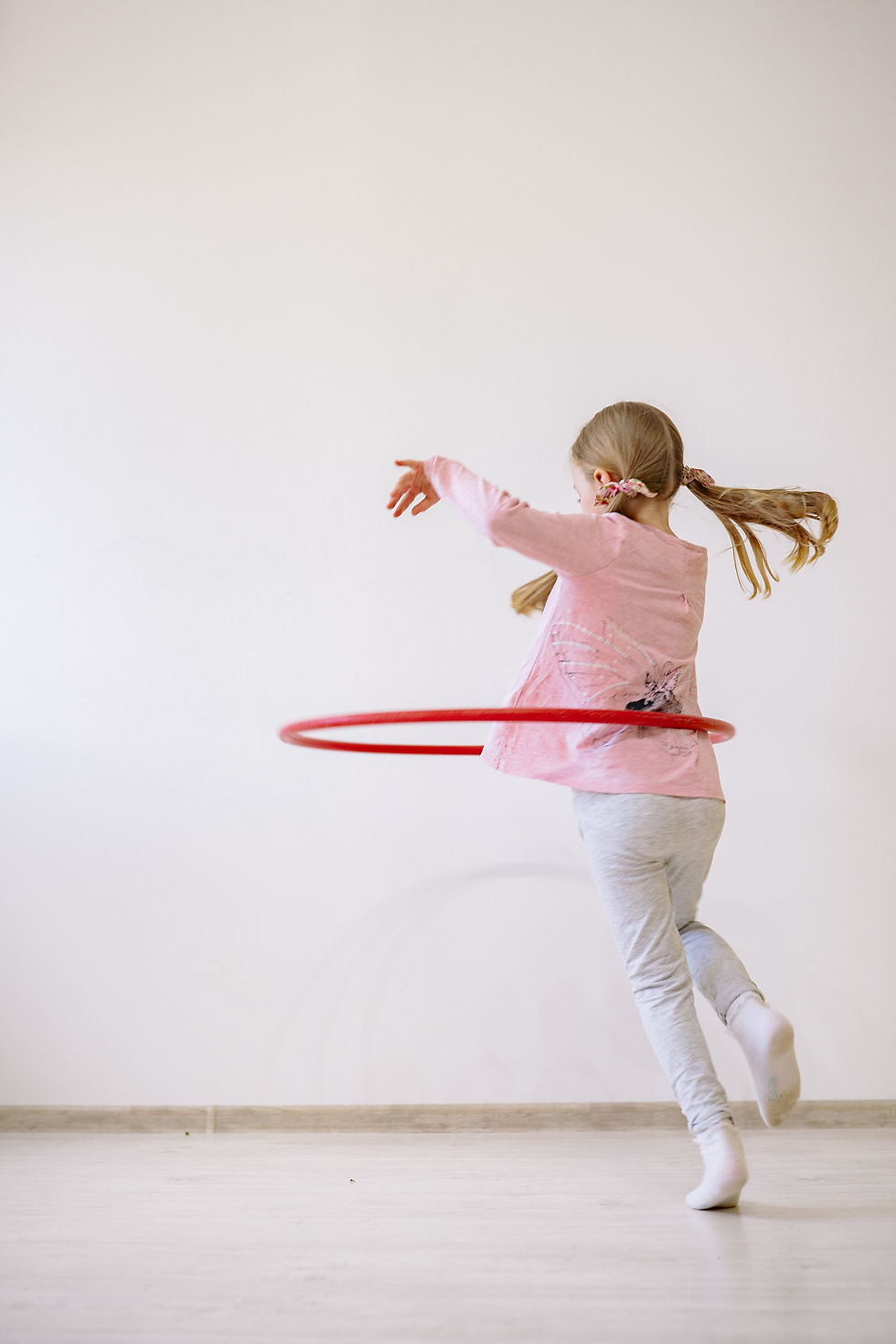I'm stoked to bring you on this exciting adventure today - Body Mapping.

As a neuroscience enthusiast with a love for mindfulness, I'm here to guide you through a fun and engaging way to help your lil ones navigate their own 'mini-world', their bodies. It's time to take a conscious journey through the fascinating realms of Body Awareness and Interoception.
So, strap in, folks!
Understanding the Magic: Body Awareness and Its Importance
Body awareness, also known as proprioception, is a super-cool neural superpower. It's the ability to perceive the position and movement of our body parts in space, without even having to look at them.
Can you believe it? It's like having your personal GPS system!
Now, you might ask, why do our kiddos need this skill? In the words of Dr. Carol A. Oatis, a renowned professor of Physical Therapy, "Proprioceptive information is necessary for the control of skilled movement." This means, a child with a fine-tuned body awareness will find it easier to explore and interact with their environment, be it crawling, walking, writing, or playing catch. And that’s not all! Good proprioception also forms the foundation for developing a robust sense of self and helps in managing emotions.
Learning the Art of Body Mapping: Your Step-By-Step Guide
Body Map can be used in games and activities to initiate the magic of body awareness.
But first, Let's learn to create a body map!
Draw a Silhouette: Have your child lay flat on a large piece of paper, and outline their body shape. Don't forget to add the smaller parts like fingers and toes!
Colors for Emotions: Let them choose different colors for different emotions, like anger, frustration, sadness, happiness, love and so on.
Activities
Discover and Label: Next, guide your child to identify different body parts. Let them label these parts on the map using markers, stickers, or their own imaginative drawings.
Exploring Sensations: Now comes the exciting part! Encourage your child to close their eyes and focus on different body parts. What does their belly feel like when they're hungry? Can they feel their toes wiggling? Let them depict these sensations on the body map through colors, textures, or symbols.
Emotion Exploration: Discuss different emotions and ask your child to color the body part where they feel that emotion the most. For instance, do they feel happiness in their chest or excitement in their toes?
Discuss and Reflect: Lastly, engage in a conversation about their unique body map. How did they feel while creating it? Were there any surprising discoveries? This reflection will help deepen their body awareness.

Comments